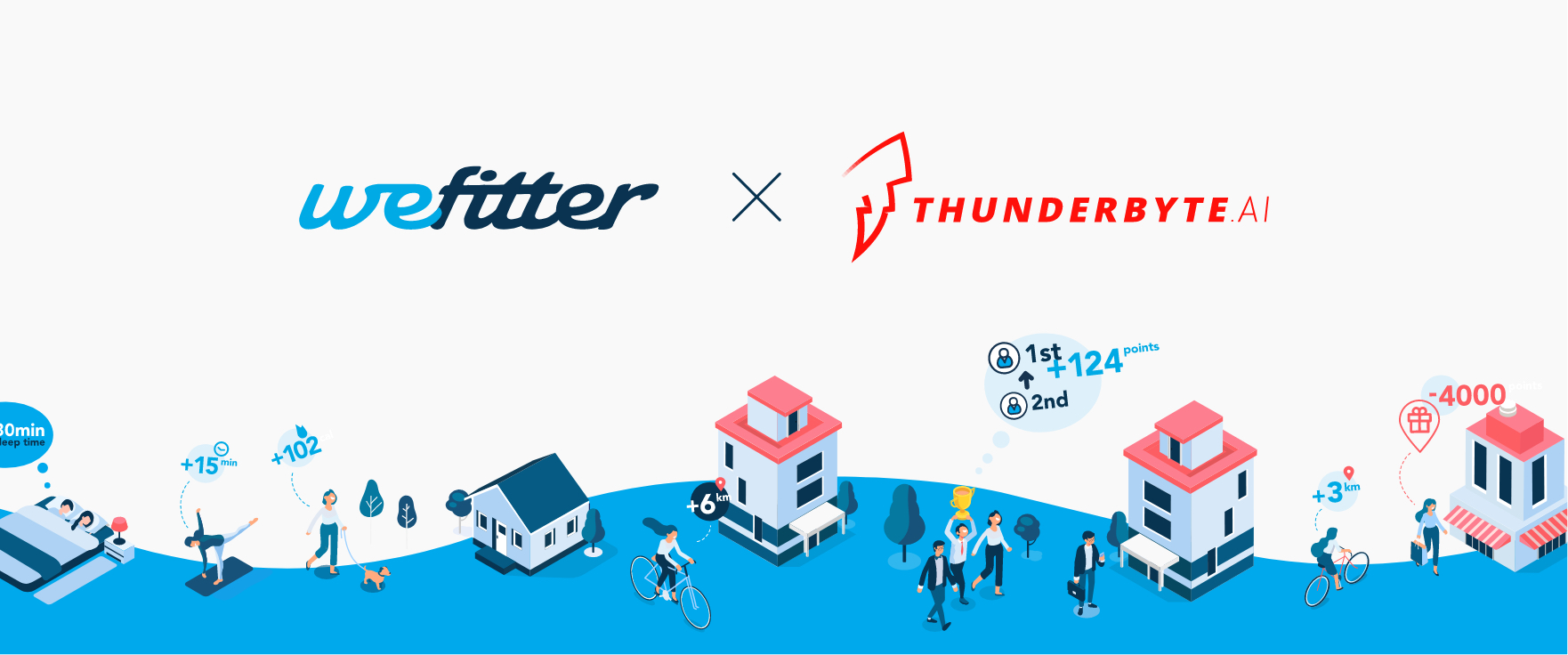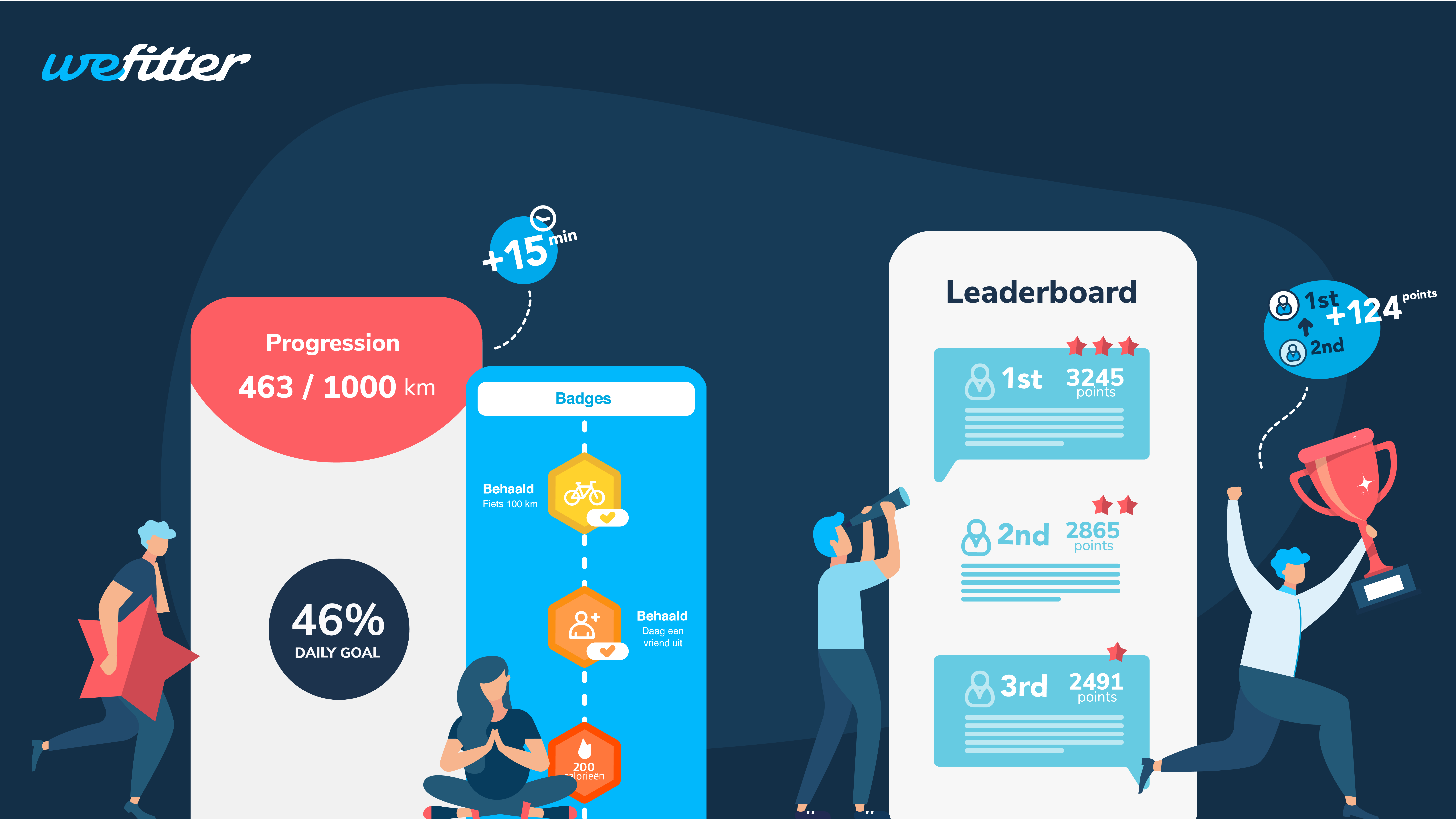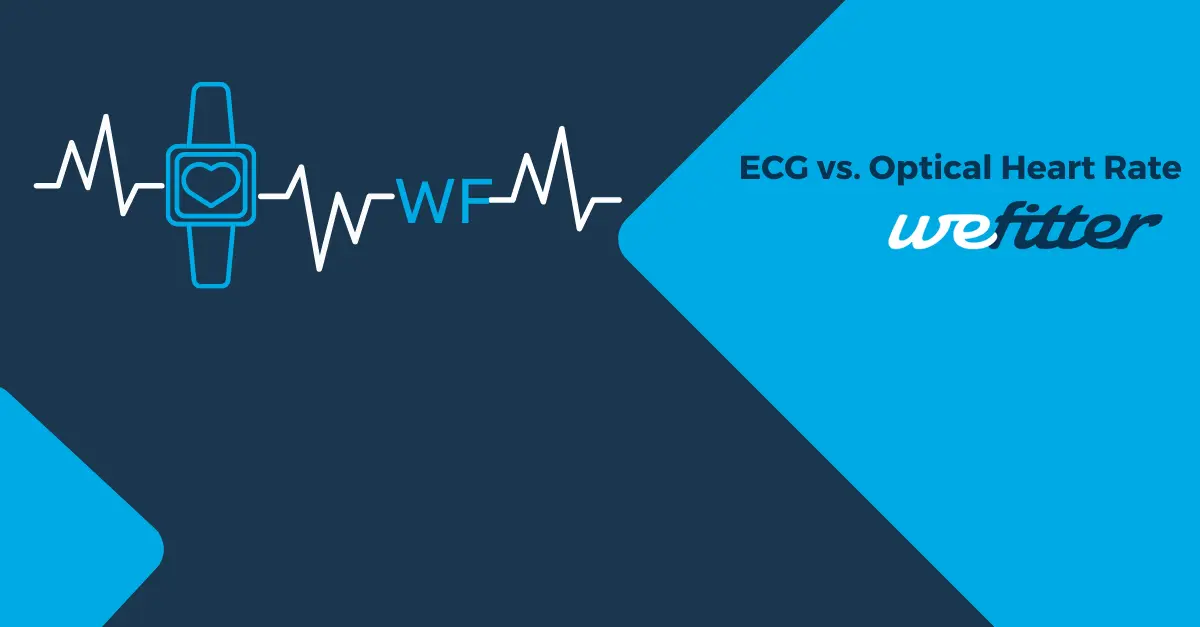
ECG vs. Optical Heart Rate
ECG vs. Optical Heart Rate
Measurement of the heart rate is a functionality that most wearabes offer, but how is it measured and what is hte best way? In this blog we will take a look at the difference between the two different heart rate monitors.
Two different heart rate measuring devices are most commonly used, the Optical Heart Rate monitor and the ECG. The technology used is designed to help people with monitoring the health of their heart. It can even be used to detect atrial fibrillation (A-fib), a serious medical condition that causes strokes. Below, we will explain what the difference is between both monitors, what the advantages/disadvantages are and which one is recommended.
ECG (ElectroCardioGram)
An ECG heart rate, also known as electronic heart rate monitor, measures the heart rate through electrical signals in the blood. On the basis of the electrical signals that the ECG receives, the monitor detects the timing and power of the heart rate. The measured heart rate will then be displayed on the wearable device.
Recommended ECG wearables
Previously, ECG monitors were only used in the medical industry, now ECG's are also available for the individual. ECG monitors in wearable devices are becoming a regular feature in a rapid pace over the last years. ECG smartwatches that are recommended are the FitBit Sense, Apple Watch Series 8, HUAWEI Watch GT 3 Pro and the Samsung Galaxy Watch 4. WeFitter's API is connected to all these wearables!
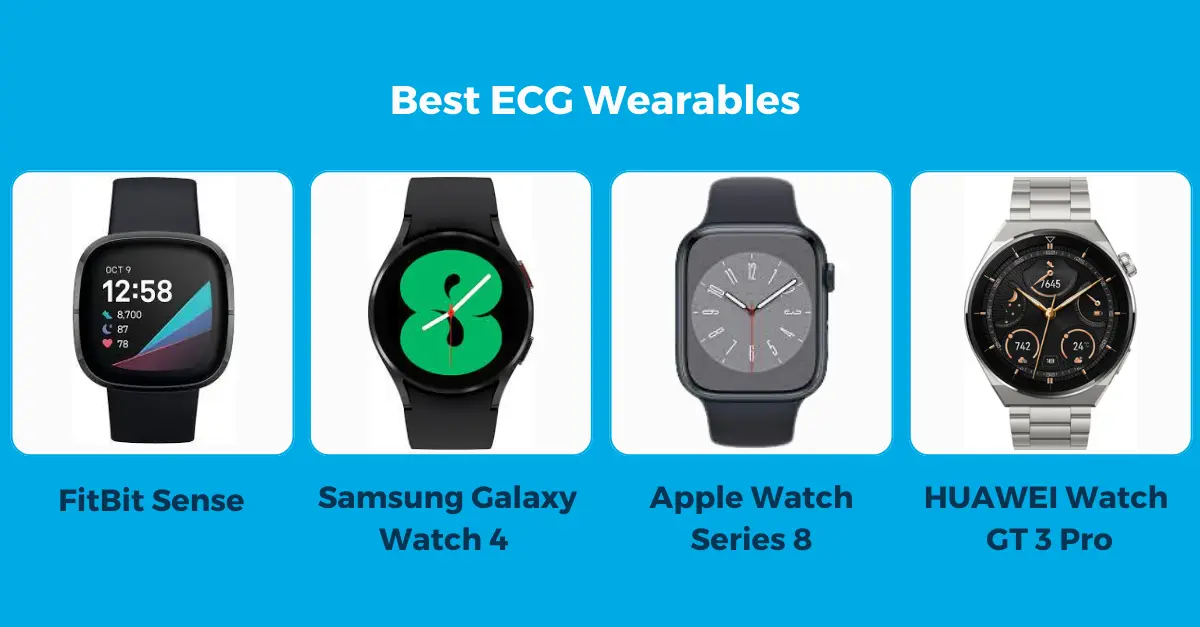
Optical Heart Rate
The Optical Heart Rate monitor measures the heart rate through sensors. These sensors are known under the name of PPG (PhotoPlethysmoGram) sensors. These sensors are green lights that blink on the back of the wearable device. The green light echoes on the blood so the sensor can measure the pace of blood flowing through the veins.
Recommended Optical Heart Rate wearables
The most recommended wearable with an Optical Heart Rate monitor is the FitBit Versa 3. Whenever you have heart issues, the Garmin Vivosmart 4 is recommended. Besides these two, the Polar Verity Sense has an accurate optical heart rate. If you don't like to wear a smartwatch, look for something like the Tickr X by Wahoo which is a chest strap. WeFitter has a connection with FitBit, Garmin and Polar. Interested to see what other wearables are connected to WeFitter? See more here.
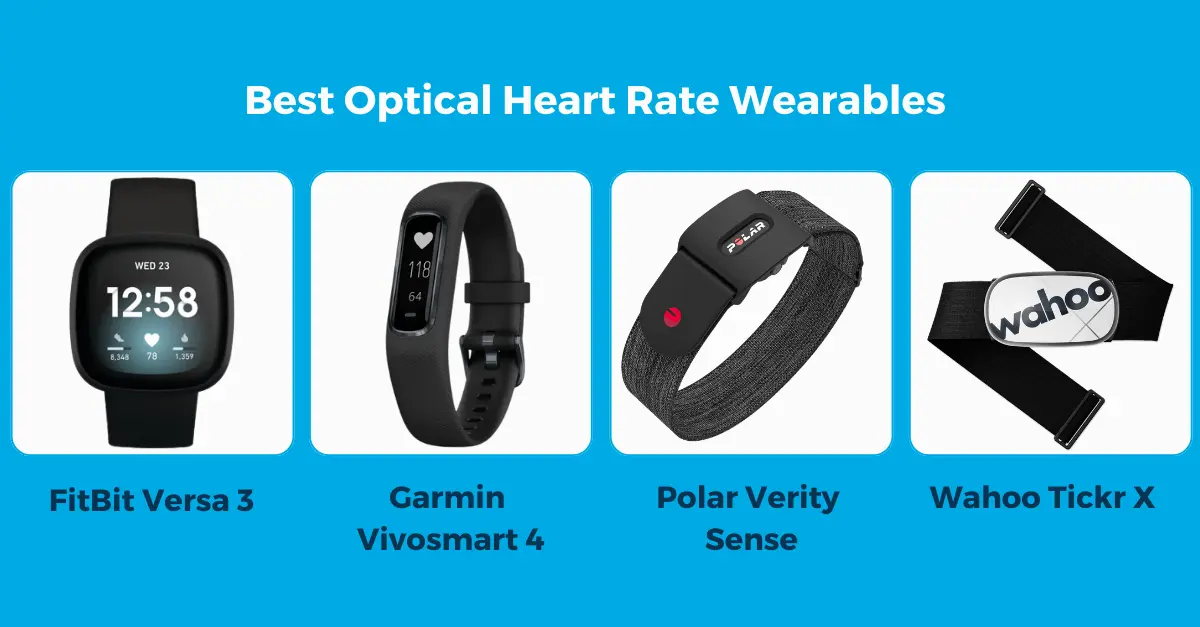
Which one should I choose?
The ECG is more accurate than an optical heart rate monitor. Adding to that, it shows cardiograms to see if the heart rate is steady or not. ECG's can send notifications if irregularities arise concerning the heart rate.
The Optical Heart Rate monitor is sufficient during normal daily activities and during sports. It shows reports regarding the development of the heart rate and it provides recovery advise.
Concluding, the the ECG is more accurate and provides more functionalities than the Optical Heart Rate, but it comes at a price. To save money, the Optical Heart Rate is a great solution to make sure that there is a heart rate monitor inside the wearable device.


